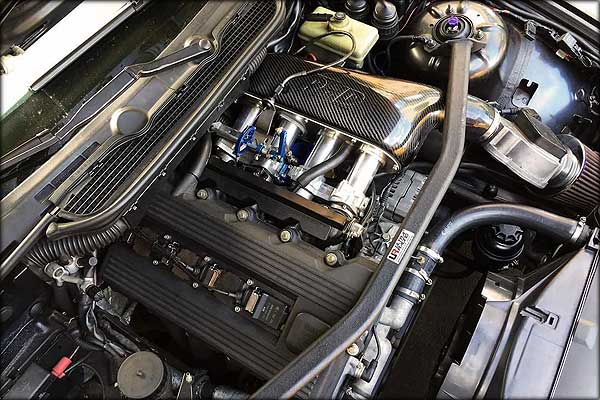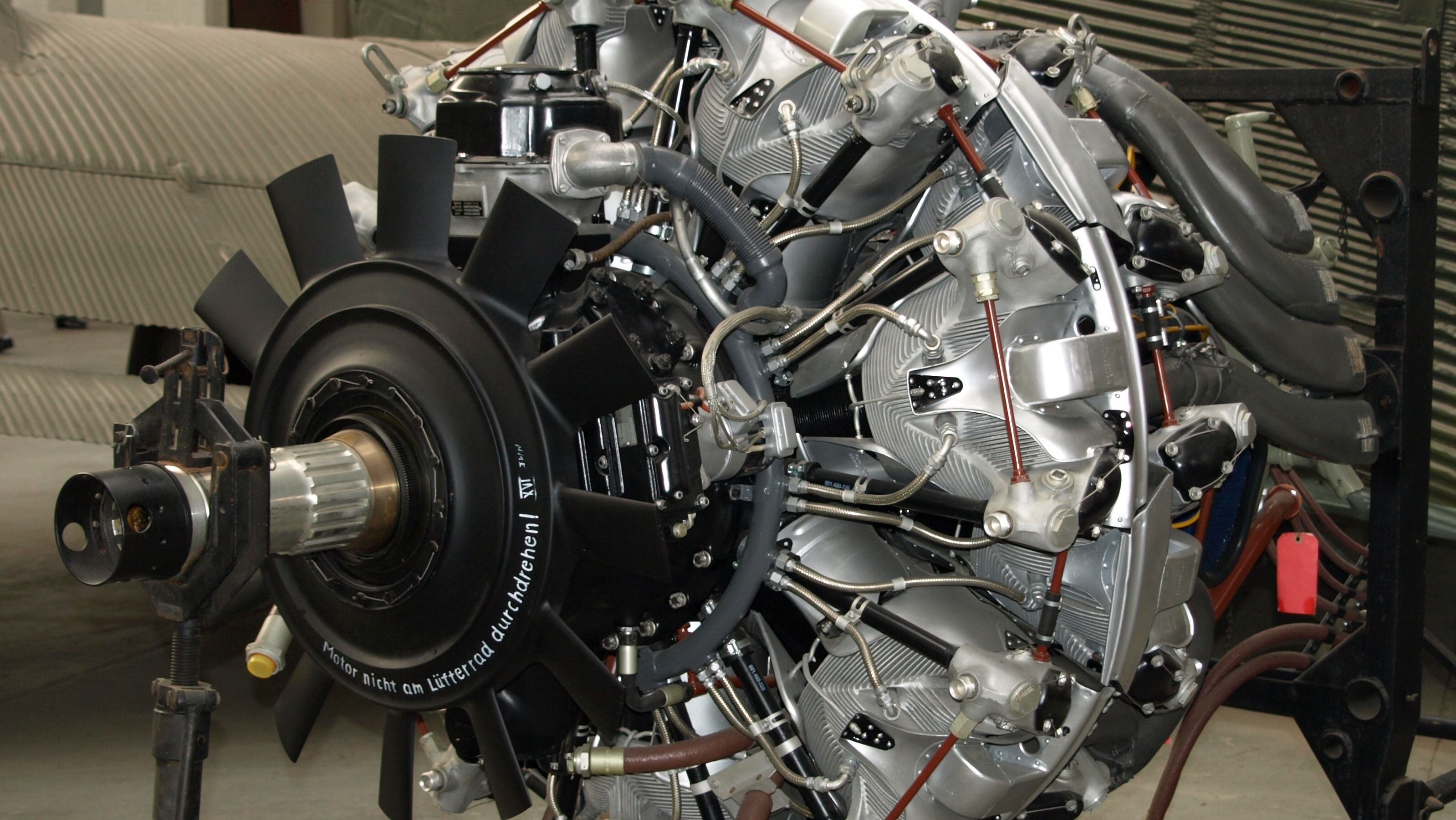Exploring the Evolution of Combustion Engines in Modern Transport Equipments
As we navigate the landscape of modern-day transportation, the evolution of combustion engines stands as a testimony to human ingenuity and engineering expertise. The interaction of history, modern technology, and environmental worries in shaping the trajectory of combustion engines develops a story that is both informative and compelling.
Early Beginnings of Combustion Engines
How did the concept of combustion engines initial emerge in the beginning of transport growth? The roots of burning engines can be traced back to the 17th century when the principles of interior burning were initial explored. In 1673, Christian Huygens conceived a standard internal combustion engine that used gunpowder to create power. Nonetheless, it had not been till the late 19th century that useful applications of burning engines in transportation started to emerge.
The development minute featured the development of the very first successful gasoline-powered engine by Karl Benz in 1885 - bmw engine. This engine led the way for the growth of the modern-day car, revolutionizing transport systems worldwide. Subsequent developments by Nikolaus Otto and Gottlieb Daimler better refined burning engine technology, resulting in the automation of cars and the fast growth of the transport market
These early burning engines were defined by their simplicity and effectiveness, laying the foundation for the complicated and powerful engines utilized in contemporary transport systems. The evolution of combustion engines has contributed fit the way we travel and move goods, marking a significant milestone in the background of transportation advancement.
Change to Internal Combustion Innovation
The transition to internal combustion modern technology marked a crucial shift in the development of transportation systems. This shift started in the late 19th century, with inventors like Nikolaus Otto and Gottlieb Daimler establishing the initial successful interior combustion engines. These engines reinvented transport by using an extra reliable and effective option to vapor engines and electrical motors.
One of the crucial advantages of internal burning engines was their capacity to be scaled down to fit into automobiles, resulting in the growth of vehicles and motorbikes. This change from cumbersome, fixed engines to small, mobile ones led the method for the modern transport systems we see today.
The change to internal burning innovation also stimulated developments in fuel modern technology, causing the growth of gas and diesel as key fuel resources for lorries. This shift not only made transportation more accessible to the masses but likewise laid the foundation for the oil and gas industry to end up being integral to international economic climates.
Influence of Combustion Engines on Transport
The adoption of combustion engines in transportation systems militarized a profound shift in the effectiveness and speed of worldwide mobility. Combustion engines reinvented transport by providing a reliable and versatile source of power for different automobiles, consisting of cars and trucks, vehicles, ships, and planes. This technology substantially enhanced the capability for people and items to conform cross countries in shorter period, bring about boosted connectivity in between areas and nations.
Additionally, the widespread use combustion engines has actually had a substantial effect on financial advancement. The capability to deliver items efficiently has stimulated trade and business, permitting companies to increase their markets and reach consumers worldwide. This has actually assisted in economic development and globalization, as items can now be moved quicker and in larger quantities than ever.
However, the environmental impact of combustion engines can not be ignored. The combustion of fossil gas has resulted in air pollution and greenhouse gas discharges, adding to climate adjustment and posing health and wellness threats to populaces. bmw engine. As an outcome, there is a growing emphasis on developing alternative propulsion technologies to mitigate these unfavorable results and produce an extra lasting future for transportation
Innovations in Combustion Engine Design
Countless developments in burning engine design have actually propelled the advancement of transportation systems over the decades. One remarkable innovation is the advancement of turbocharged engines, which make use of exhaust gases to drive a turbine that compresses incoming air, enabling even more fuel to be charred, causing increased power outcome without a substantial boost in engine size. In addition, straight injection technology has improved gas efficiency and efficiency by exactly managing the amount and timing of gas infused right into the combustion chamber. Variable valve timing systems have likewise revolutionized engine style by enhancing air movement at different engine speeds, boosting both power and efficiency. One more considerable innovation is the integration of light-weight Click Here products such as carbon fiber and aluminum alloys, minimizing general engine weight and improving car fuel economic situation. Moreover, innovations in computer-aided layout have actually made it possible Continued for engineers to maximize engine performance and effectiveness through simulations prior to physical models are built, conserving time and resources in the advancement procedure. These advancements jointly contribute to the continual renovation of combustion engines in contemporary transportation systems.
Future Trends in Combustion Engine Growth
With innovation advancements driving continuous technology, the future of combustion engine development is poised to revolutionize transport systems around the world. One of the key patterns in combustion engine advancement is the push in the direction of better effectiveness and lowered discharges. Manufacturers are spending greatly in study and growth to boost engine efficiency while meeting strict environmental regulations. This consists of the combination of advanced gas injection systems, boosted turbocharging approaches, and the use of light-weight materials to maximize fuel intake and decrease carbon exhausts.
One more famous trend is the adoption of crossbreed technologies in burning engines. Hybrid engines combine traditional combustion modern technology with electrical power, supplying boosted gas efficiency and lower discharges. As the auto industry shifts towards electrification, hybrid burning engines are viewed as a transitional remedy that bridges the gap between traditional automobiles and totally electrical ones.
Moreover, the integration of smart technologies, such as expert system and information analytics, is anticipated to play a substantial duty in the future of burning engine growth. These technologies can enhance engine performance in real-time, resulting in much more effective combustion processes and enhanced overall vehicle performance. Welcoming these future fads will not just drive innovation in burning engine growth yet likewise add to a much more eco pleasant and sustainable transportation community.

Conclusion
In verdict, the advancement of burning here are the findings engines in modern-day transport systems has been noted by substantial advancements in modern technology and style. From the early beginnings of combustion engines to the shift to internal burning modern technology, these engines have actually had an extensive influence on transport.
The origins of burning engines can be mapped back to the 17th century when the concepts of inner combustion were very first checked out. These engines transformed transportation by using a much more efficient and powerful option to steam engines and electric motors.

Comments on “A Beginner's Guide to Choosing the Right BMW Engine for Your Needs”